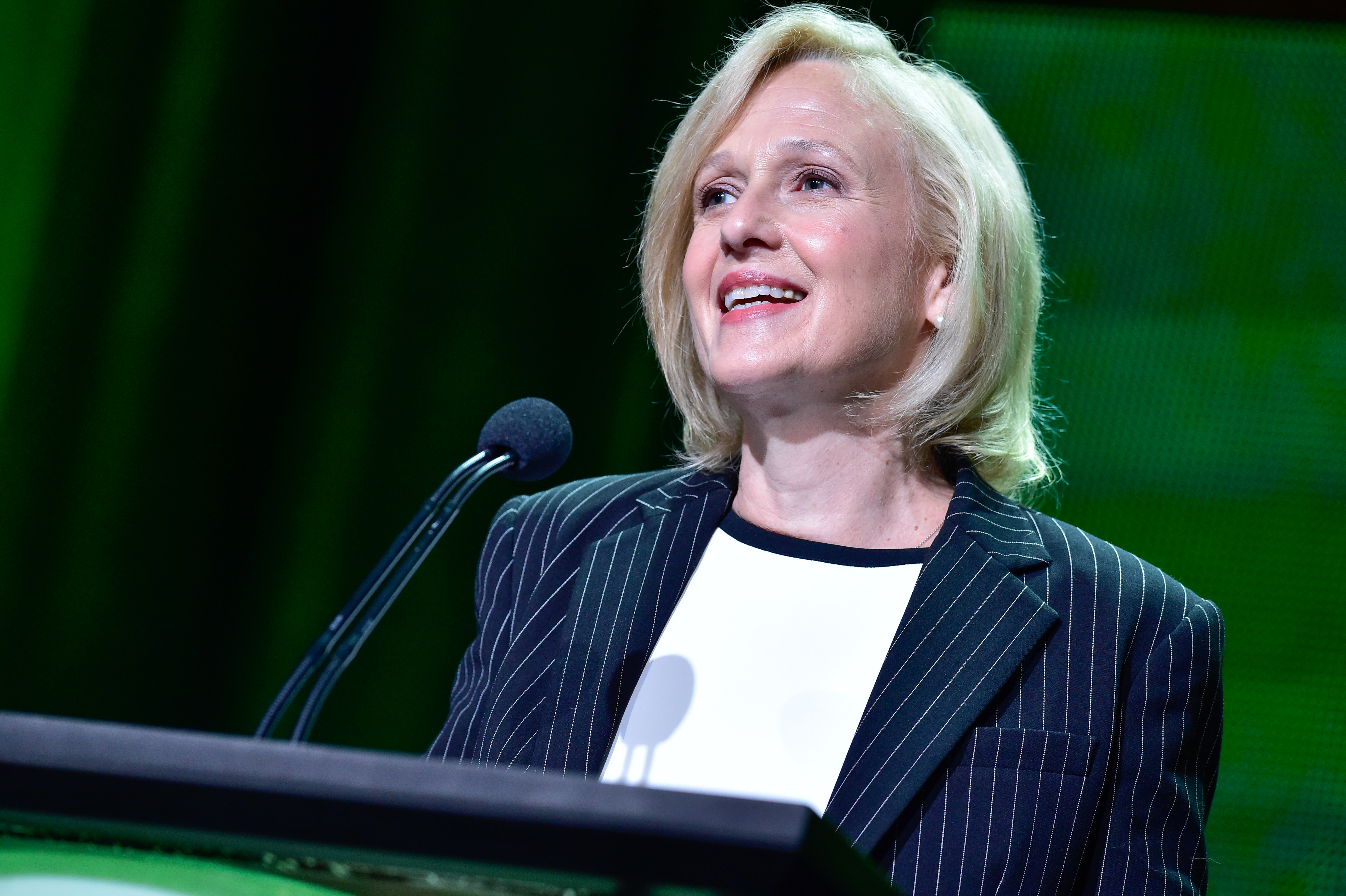Arizona PBS becomes first pubcaster to test ATSC 3.0
Arizona PBS has begun testing the PBS Kids 24/7 channel in ATSC 3.0 as part of an early experiment with the new internet-based broadcast protocol.
No viewers can see the broadcast yet. Its audience consists entirely of local broadcast engineers.
The Phoenix Model Market project is being run by Pearl TV, a business consortium of commercial broadcasters. It’s the first collaborative single-market test for ATSC 3.0, or Next Generation TV. Arizona PBS is the sole public broadcaster among 11 participating stations.
“Our goal is to test the technology to figure out how best to deploy it, so when we do make a transition, it will be smooth,” said Ian MacSpadden, director of broadcast engineering and operations at the public broadcaster. The voluntary protocol is expected to roll out over the next several years as manufacturers ramp up production of ATSC 3.0–capable televisions.
Spanish-language broadcaster Univision Communications donated spectrum and a tower for the ATSC 3.0 test, which launched April 9. Univision’s three UniMás Network channels remain on the air through a channel-sharing agreement with several local broadcasters. Various phases of the test will continue into next year, MacSpadden said.
Engineers are examining signal performance, testing interactive functionalities and checking cable integration.
Arizona PBS’ participation is “an important step forward in the educational mission of public television,” said Lonna Thompson, COO of America’s Public Television Stations, in a statement. She called the “groundbreaking partnership” the “first step in the implementation” of the new protocol.
Broadcasting PBS Kids 24/7 content in ATSC 3.0 will enable interactive learning and allow “a richer experience for the viewer,” Thompson said.
MacSpadden said Arizona PBS was a good candidate for the test because its equipment was recently updated to be “software-based and flexible.” He’s also active on the ATSC 3.0 working group for the PBS Engineering Technical Advisory Committee.
Since PBS Kids plans to integrate interactive educational games with its 24/7 broadcast and streaming service, the channel is “a perfect test audience for this type of technology,” he said. Next Gen TV also brings broadcasts to mobile platforms, where young viewers and their parents are expected to access the service.
The test will also give other public broadcasters a baseline for costs of equipment, MacSpadden said.
“A lot of TV stations are still using older microwave systems,” he said. “That won’t work to relay IP signals. Other stations may need to upgrade their transmitter or antenna. Each station is so different.” The test will allow stations to see what specific new components cost.
MacSpadden added that Arizona PBS is in discussions with CPB for possible funding for additional equipment.
CPB is “very focused on what the ramifications are of the pending transition to ATSC 3.0 for public broadcasting,” said Ted Krichels, SVP, system development. He added that the corporation has been “engaged in conversations” with PBS, APTS and Arizona PBS regarding the test.






